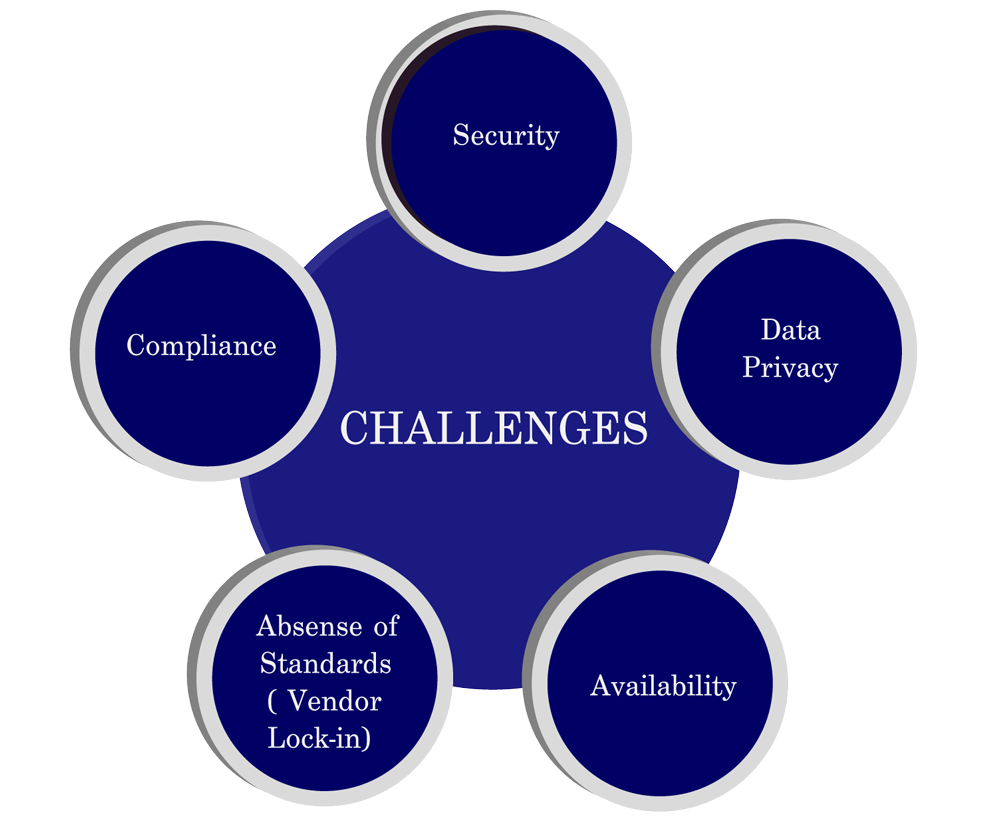What is
Cloud Computing?
The U.S National Institute of Standards and Technology (NIST) defines cloud computing as “a pay-per-use model for enabling available, convenient, on-demand network access to a shared pool of configurable computing resources (e.g.., network, servers, storage, applications, and services) that can be rapidly provisioned and released with minimal management effort or service provider interaction. This cloud model promotes availability and is comprised of five key characteristics, three delivery models and four deployment models.” In other words, cloud computing is a potent combination of a public utility, such as electricity or telephone, and autonomic computing. Like a public utility, it has elasticity for scaling up or down, is accessed through pooled computing resources using a multi-tenant model and can be metered and billed only for the usage. And like autonomic computing, it’s a self-managing system of distributed computing resources, adapting to unpredictable changes while hiding intrinsic complexity from users.
Cloud Computing can be delivered through such delivery models as:
- Google Docs– A suite of products that allows you to create different types of documents, work on them in real time with other people and store them, along with other files, online.
- Salesforce.com — A cloud-based Customer Relationship Management (CRM) platform that can be used by a firm to connect with customers and employees.
- Microsoft Azure— A platform cloud that helps developers build, host and scale applications through Microsoft datacenters.
- Google App Engine — A platform cloud that enables developers to build and host web applications on the same systems that power Google applications.
- Amazon EC2 — An infrastructure cloud web service that provides resizable compute, storage and network capacity on the cloud.
- Rackspace — An infrastructure organization that enables public, private and hybrid cloud hosting.
- NYSE Euronext CMCP— Infrastructure cloud services offering aimed at NYSE Euronext’s financial services customers.
- ADP Employease— An Online business process
services for HR, benefits administration and
outsourcing. - AMEX Concur— An online business process that
connects travel suppliers and mobile solutions
from around the world to provide advanced travel
and expense functionality.
A public cloud is available over
the internet to everyone. The cloud provider
manages and owns everything from operations
and facilities to computing resources. Popular
public clouds are Amazon EC2, Google App
Engine and Microsoft Azure.
A private cloud is available
only to trusted users of an organization or group.
Everything in a private cloud can be managed
either by the organization or the cloud provider.
A community cloud is
accessible to the members of a larger community
comprised of different organizations or groups,
and where partner organizations and the cloud
provider co-manage everything from operations to
facilities..
A hybrid cloud is a mix of
multiple public and private clouds and it
addresses the challenges of a pure public or
private cloud environment.
KEY CHALLENGES
Cloud computing comes with its share of challenges, in terms of security, data privacy, compliance, availability, lack of standards, etc. These challenges are highlighted more in a regulated and security-sensitive environment, such as financial services.

Market Opportunity & Consideration Factors
A 2010 IDG survey revealed that:
- 6% of CIOs polled felt that cost reduction across the board was a critical business priority for the future
- 62% felt that optimizing resources and key business processes was going to be a priority
- 67% saw improving the marketing time for products and services as critical in the coming years
A financial services firm that heavily relies on IT enabled services can benefit from cloud computing, despite the objections mentioned above. Perceived cost savings, ease of scaling-in and scaling-out, faster time-to-market for deploying systems, virtualization of enterprise-wide data as a service, enterprise technology standardization, and the ability to access data and applications on the move are all critical consideration factors that can drive financial services firms to adopt cloud computing

